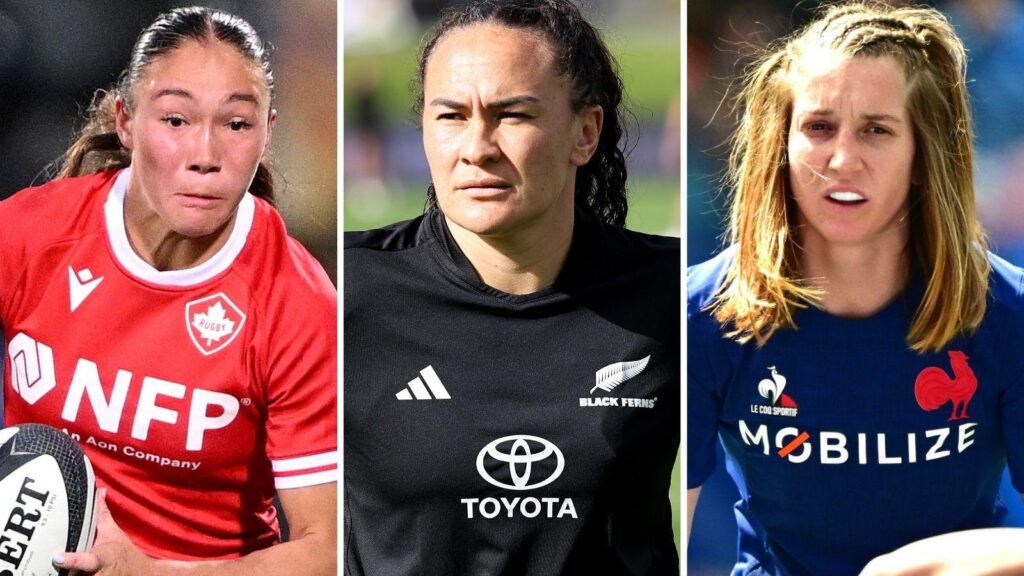As the anticipation builds around the 2025 Women’s Rugby World Cup set to take place in England from August 22 through September 27, the excitement is palpable among fans and teams alike, particularly as they eye the formidable competition. Current favorites England stand at the forefront, but challengers like Canada, New Zealand, and France are keen to disrupt expectations. Each of these teams brings its own unique stories and capabilities to the tournament, igniting questions about how they might upset the reigning favorites.
The backdrop to this year’s competition is electric, underpinned by remarkable narratives in sportsmanship and strategy. The England women’s rugby team, known as the Red Roses, not only carries the burden of expectations but must also contend with a historic streak of victories. This momentum lends itself to higher pressure, offering fertile ground for challengers keen to exploit any signs of vulnerability. Yet, under constant scrutiny, England continues to thrive as the world’s top-ranked team.
New Zealand, often regarded as the tradition bearer in women’s rugby, boasts an impressive record at the Rugby World Cup. The Black Ferns have lifted the trophy six times out of eight finals they’ve reached, carving out an unparalleled legacy. Allan Bunting, the team’s director of rugby, emphasizes the importance of mentality and energy on the field, stating that their “weapon” is not merely physical prowess but mental resilience. Bunting’s recent pep talk, which featured a haka—a traditional Māori dance—set a powerful tone for the team’s preparation, marrying cultural pride with competitive spirit. Significant players like Portia Woodman-Wickliffe, emerging as the team’s leading Test try scorer, are set to make considerable waves, particularly after their explosive victory over the United States.
Canada has entered the fray with a focused ambition entitled “Mission: Win Rugby World Cup.” This fundraising initiative not only demonstrates their intent but is also a manifestation of their optimism and evolving competitiveness, having tightened the scorelines in previous encounters against England. The Canadian lineup features promising talents like captain Alex Tessier, who brings valuable experience and expertise, especially given her background in high-level basketball. The team’s strategizing reflects a gradual shift towards greater sports visibility and support, enhancing their preparation significantly compared to previous years.
France, while often regarded as an underdog, possesses an astute tactical framework and players determined to challenge the odds. After narrowly falling to New Zealand in the last World Cup, they are keen to recalibrate and approach this tournament with momentum from prior close contests, notably against England, where they fell just short. Co-head coaches Gaelle Mignot and David Oritz aim to capitalize on fresh talent with an ambitious yet youthful squad that includes dynamic players capable of exploiting weaknesses in their adversaries. Their recent heavy defeat against England, while disheartening, may serve as a sobering catalyst to enhance focus ahead of the tournament.
As the competition heats up, each team prepares to unveil its strategy and capability on the world stage. The convergence of ambition, historical legacy, and strategy across this elite cohort of teams paints a thrilling narrative for the upcoming World Cup—one that will defy assumptions and potentially redefine the landscape of women’s rugby. Whether through the resilience of New Zealand, the tactical prowess of Canada, or the fresh blood of France, the world will be watching with bated breath as these players and coaches endeavor to inspire, excel, and perhaps create history in England.












